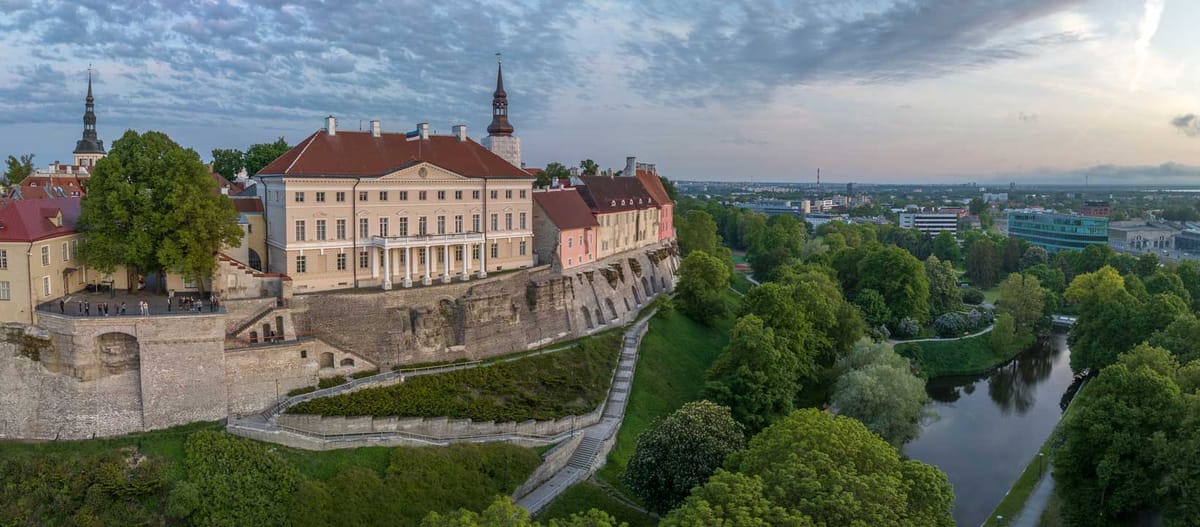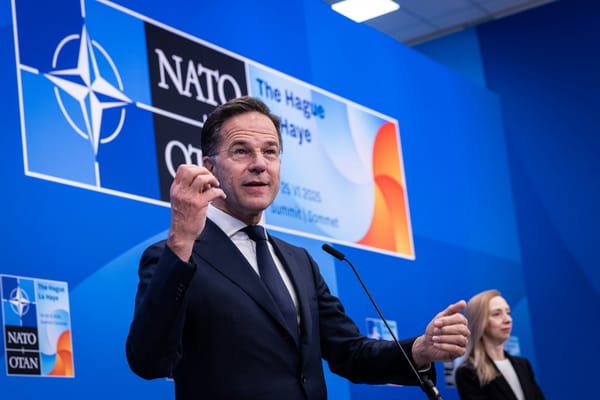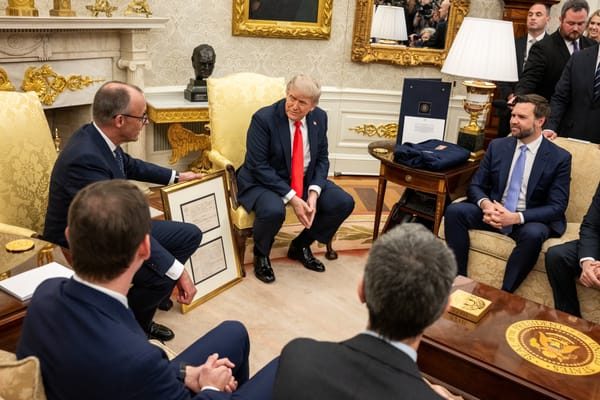
Russia plans decade of war - Estonian intel
An Estonian intelligence report released Tuesday warns that Russia is preparing to wage war on the West for a decade, as the Kremlin announced that Estonian Prime Minister Kaja Kallas has been added to the country’s wanted list due to the “destruction” of monuments to Soviet soldiers.
Estonian State Secretary Taimar Peterkop and Lithuanian Culture Minister Simonas Kairys have also been added to the “wanted” list, Russian foreign ministry spokeswoman Maria Zakharova said.
Russia digging in for long term
According to the report entitled “International Security and Estonia 2024” released by the Estonian Foreign Intelligence Service (EFIS), Russia is likely to persist with its extensive attrition-based warfare against Ukraine throughout this year, and the latter’s resilience largely depends on financial and military assistance from the West.
The EFIS adds that the Kremlin is preparing for “a prolonged conflict with Ukraine, necessitating additional armies and army corps (3rd and 40th Army Corps, 18th Army and 25th Army), for which dozens of new manoeuvre, combat support and combat service support units are being formed”.
Russia has managed to recruit enough mercenaries to compensate for battlefield losses and even create new units, including the 40th Army Corps and the 25th Combined Arms Army, although both are reportedly understaffed, the report says.
This means that “NATO could face a Soviet-style mass army in the next decade… likely to be technologically inferior to NATO allies’ defence forces in most areas, except for electronic warfare and long-range strike capabilities.”
Estonia’s intelligence chief, Colonel Kaupo Rosin, said the assessment was based on Russia’s plans to double the number of troops stationed along its border with NATO members Estonia, Latvia, Lithuania and Finland. The Baltic States have increased their military spending to over 2% of GDP since Russia annexed Crimea in 2014.
Attack on West unlikely in short term
According to the report, last year Russia “achieved only tactical victories but fell short of strategically significant territorial gains” although it was “relatively successful in repelling Ukrainian counterattacks from statically prepared defensive positions, which did not require highly trained units”. However, the report warns, Russia’s “military potential would be significant, owing to its size, firepower, combat experience and reserves.
“Defending against a possible conventional attack from such an army would require allied defence forces and defence industries to be significantly more prepared, capable and better-stocked with ammunition and materiel than they currently are.” However, a direct military attack on the West is “highly unlikely” in the short term, with Russian forces still embroiled in Ukraine.
The report notes that in 2022, “Russia’s production of new artillery ammunition alone reached approximately 600,000 units, roughly equivalent to the combined output of the US and EU member states. The gap in available artillery ammunition between Ukraine and Russia is expected to widen even more in 2024,” the EFIS adds.
To compensate for its losses – as of January this totaled over 2,600 tanks, 5,100 armoured personnel carriers and 600 self-propelled artillery units – Russia has turned to its inventory of armoured vehicles in long-term storage (and moreover) refurbishing preserved armoured vehicles from storage can compensate for losses in Ukraine for several more years.”





